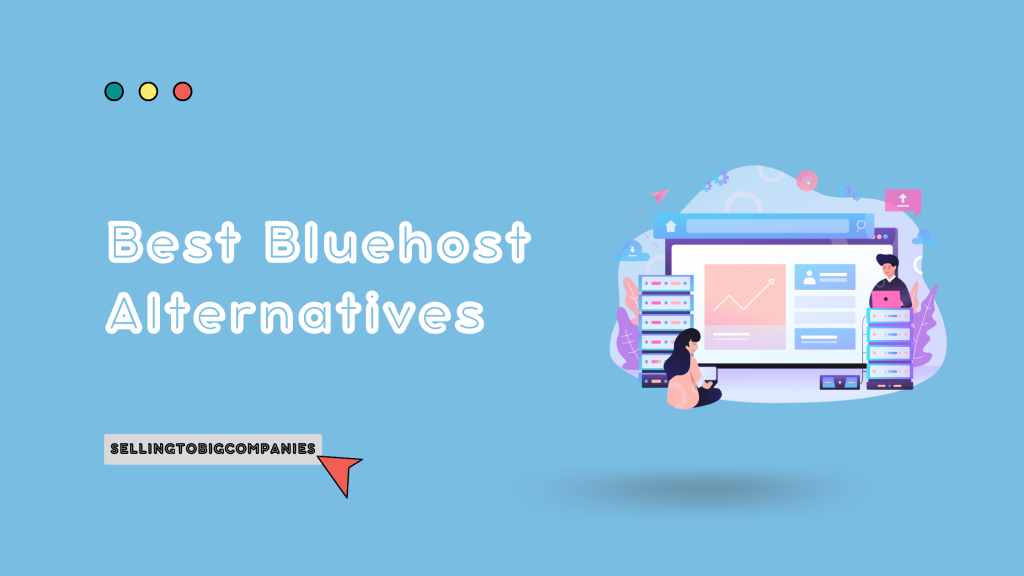As e-commerce continues to boom, affiliate marketing becomes an increasingly vital component of digital strategies. This rapid growth is driven by technological advancements, changing consumer behaviors, and the increasing recognition of affiliate marketing’s cost-effectiveness.
However, it’s important to understand and keep up with recent Affiliate marketing trends. That is because what worked previously might not work in 2025 too.
As we look towards 2025, staying ahead of these trends for 2025 and beyond is crucial for both brands and affiliates aiming to maximize their potential in this dynamic landscape.
10 Affiliate Marketing Trends For 2025: Explained
As we delve into the top trends shaping affiliate marketing in 2025, it’s essential to understand not only what these trends are but also how to leverage them effectively.
Here are the key developments that will define affiliate marketing this year, along with actionable strategies that are made easy for you to implement.
1. AI Integration
Artificial Intelligence is revolutionizing affiliate marketing strategies, offering unprecedented opportunities for optimization and personalization. AI tools are becoming indispensable for affiliates and brands looking to stay competitive in the rapidly evolving digital landscape.

How to achieve this trend?
- Implement AI-powered analytics tools to gain deeper customer behavior and campaign performance insights.
- Utilize chatbots to provide 24/7 customer support and improve user experience.
- Leverage predictive analytics to forecast trends and adjust strategies proactively.
2. Performance-Based Commissions
The shift towards performance-based commission models is gaining momentum, aligning affiliate compensation more closely with tangible results. This trend ensures that both brands and affiliates focus on driving real value and measurable outcomes.
How to achieve this trend?
- Design tiered commission structures that reward high-performing affiliates.
- Implement tracking systems that accurately attribute sales and actions to specific affiliates.
- Regularly review and adjust commission rates based on performance metrics and industry standards.
3. Brand-to-Brand Partnerships
Collaborative efforts between non-competing brands are becoming increasingly popular, offering mutual benefits and expanded reach. These partnerships allow brands to tap into new audiences and create unique value propositions for consumers.
How to achieve this trend?
- Identify potential partner brands with complementary products or services and similar target audiences.
- Develop joint marketing campaigns that leverage each brand’s strengths and resources.
- Create co-branded products or exclusive offers to drive engagement and sales.
4. Results-Driven Influencer Marketing
Influencer partnerships are evolving to focus more on tangible outcomes and ROI. Brands are moving beyond vanity metrics to prioritize collaborations that drive measurable results and authentic engagement.
How to achieve this trend?
- Establish clear KPIs for influencer partnerships, focusing on conversions and sales rather than just reach.
- Use affiliate links and unique promo codes to track influencer-driven sales accurately.
- Implement long-term partnerships with influencers who consistently deliver results.
5. Metaverse Marketing
The rise of the metaverse is opening new frontiers for affiliate marketing, offering immersive experiences and novel ways to engage with audiences. Early adopters of metaverse marketing strategies stand to gain a significant competitive advantage.
How to achieve this trend?
- Explore partnerships with metaverse platforms and virtual world creators.
- Develop virtual products or experiences that complement physical offerings.
- Create immersive affiliate marketing campaigns that leverage the unique features of the metaverse.
6. Content Diversification And Niche SEO
As content saturation increases, successful affiliate marketers are focusing on diversifying their content formats and mastering niche SEO strategies. This approach helps cut through the noise and reach highly targeted audiences.
How to achieve this trend?
- Experiment with various content formats, including video, podcasts, and interactive content.
- Conduct in-depth keyword research to identify low-competition, high-intent niche keywords.
- Develop comprehensive content strategies that address specific pain points within your niche.
7. Enhanced Cross-Device Tracking
With consumers using multiple devices throughout their purchase journey, effective cross-device tracking has become crucial. This trend enables marketers to create seamless experiences and accurately attribute conversions.
How to achieve this trend?
- Implement advanced tracking solutions that can identify users across different devices.
- Use unified customer profiles to deliver consistent messaging across all touchpoints.
- Analyze cross-device behavior patterns to optimize the customer journey.
8. Nano And Micro-Influencer Focus
The spotlight is shifting towards nano and micro-influencers, who often boast higher engagement rates and more authentic connections with their followers. This trend offers a more cost-effective and targeted approach to influencer marketing.
How to achieve this trend?
- Identify nano and micro-influencers whose audiences closely align with your target market.
- Develop authentic, long-term relationships with these influencers rather than one-off campaigns.
- Provide influencers with creative freedom to maintain authenticity while aligning with brand guidelines.
9. Emphasis On Social Proof
In an era of information overload, social proof has become a critical factor in consumer decision-making. Leveraging customer reviews, testimonials, and user-generated content is essential for building trust and driving conversions.
How to achieve this trend?
- Implement review collection systems and showcase positive feedback prominently.
- Encourage and incentivize customers to share their experiences on social media.
- Integrate user-generated content into your affiliate marketing campaigns.
10. Data-Driven Decision Making
The importance of data in guiding affiliate marketing strategies cannot be overstated. Successful marketers are leveraging advanced analytics to make informed decisions and continuously optimize their campaigns.
How to achieve this trend?
- Invest in analytics tools that provide comprehensive insights into campaign performance.
- Regularly conduct A/B tests to refine marketing strategies based on data-driven insights.
- Train team members on data analysis and interpretation to foster a data-driven culture
What Is The Future Of Affiliate Marketing In 2025?
Looking beyond 2025, the future of affiliate marketing appears bright and full of opportunities.
During my research, I followed various discussions and industry experts, and they all predicted a few things in common such as:
- They predict continued growth and innovation in the field.
- We can expect to see further integration of emerging technologies.
- Increased personalization.
- New platforms emerging specifically for affiliate partnerships.
Conclusion: Succeed As An Affiliate Marketer And Invest In Tech, Partnerships, And Authentic Content!
As we navigate the evolving landscape of affiliate marketing in 2025, it’s clear that adaptability and innovation will be key to success.
The trends we’ve explored (from AI integration and performance-based commissions to metaverse marketing and data-driven decision-making) highlight the industry’s shift towards more targeted, measurable, and technologically advanced strategies.
By embracing these trends and implementing the suggested strategies, you can position yourself for success in an increasingly competitive digital marketplace.
Constant learning and adaptation are crucial to staying ahead in this ever-evolving field. Start by identifying which trends are most relevant to your niche and begin implementing the suggested strategies step by step.
Remember, the most successful affiliate marketers of 2025 and in the coming years will be those who can effectively blend these trends into cohesive, results-driven campaigns.
FAQs
The future of affiliate marketing in 2025 looks bright, with increased focus on AI integration, performance-based models, and data-driven strategies. The industry is expected to continue growing, with new opportunities emerging in areas like metaverse marketing.
While I don’t have specific affiliate marketing 2025 Forbes articles to reference, They often highlight trends such as the rise of influencer partnerships and the importance of authentic, value-driven content in affiliate strategies.
With the continued growth of e-commerce and digital marketing, affiliate marketing remains a viable and potentially lucrative field. The key to success will be adapting to new technologies, platforms, and consumer behaviors as they emerge.



